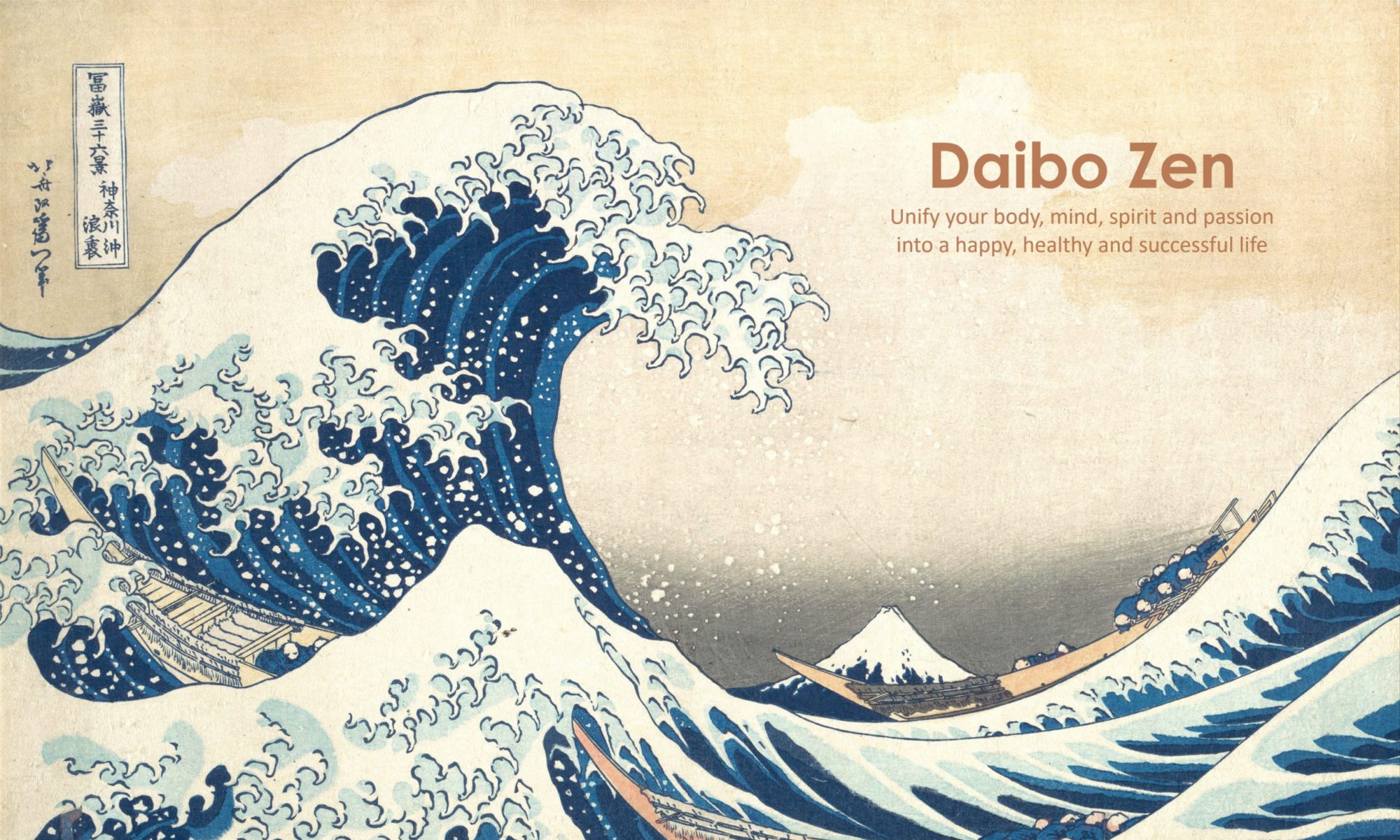
If someone asked you What’s Your Name, how would you respond? In Zen Practice we often talk about Letting-Go and Taking-In.
Letting-Go: Refers to expressing the Relative / Phenomenal / Discriminatory World
Taking-In: Refers to expressing the Absolute / Essential / Unified World
Free to Be is a philosophy wherein we can freely move between expressing the two. Expressing both and either when necessary. Let me give you an example:
“Before attaining Enlightenment, mountains are mountains,
rivers are rivers.”
“At the moment of Enlightenment, mountains are no longer mountains,
rivers are no longer rivers.”
“But after accomplishing Enlightenment, mountains are mountains,
rivers are rivers.”
This expression deals with three stages of practice. It is vital that we understand that the “mountains are mountains, rivers are rivers” experience after enlightenment is not at all the same as before such a realization. We cannot dispense with the ” mountains are no longer mountains, rivers are no longer rivers” aspect, which requires that we clearly realize our own true nature.
This is where I would like to give some explanation. If we are in the mountains and we say this is a mountain, we immediately begin to process the concept of mountain in our minds and enter into the store house of concepts and thoughts that we have catalogued as mountain. This fixed approach to perception keeps us from Paying Attention. When we are not paying attention to what is right in-front of us, we live in our world of conceptual illusion and are inhibited from experiencing mountains directly, new, and original, for the first time ever, every time.
Although we know that all animate and inanimate beings are intrinsically buddhas, mere knowing is not enough. Dogen Zenji says, “This dharma, (enlightened life) is abundantly inherent in each individual; nevertheless, without practice it will not be revealed, and without enlightenment it will not be realized.”
How can we expect to engage with the world appropriately and authentically if we hang on to fixed ideas about what we think things are? Would not there be great inherent freedom of existence if we were able to take our perception of people, places, and things out of the realm of conceptual thinking and into the realm of direct experience through paying attention?
So, if someone were to come up to you today and asked, “What’s Your Name?”, how would you respond? Why?








